4.9 1890+ Google Reviews
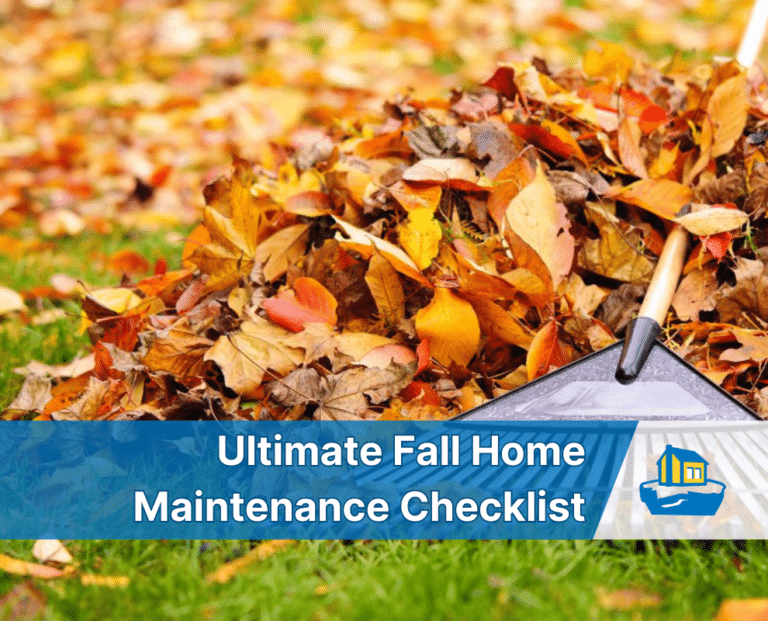
It’s my favorite time of the year – hoodie season! Many people also call it Fall, or Autumn. While this time of year is most famous for cooler months, hoodies, shorter days, colorful leaves and pumpkin spice lattes, it’s also a time to knock out the fall home maintenance checklist
If you spent most of your summer months at the beach, and didn’t do any home maintenance, make sure you catch up with our summer home maintenance checklist.
I won’t bore with the details of how important home maintenance is and how most major defects start off as deferred or neglected maintenance. So, here lets jump right in to the ultimate fall home maintenance checklist.
If you’re lucky enough to have one, you don’t want this system to become damaged. Any water left in the system will freeze which has the potential to damage your back flow preventer, sprinkler heads, or underground pipes. A cracked back flow preventer, or leaking underground pipe can each cost about $300-$500 to repair.
Hopefully you are starting to see a trend. Fall home maintenance is mostly about preparing for those colder temperatures. Here in Virginia, we generally won’t get freezing temperatures until the winter months, or occasionally in late fall. You need to be proactive though. You don’t want to wait until the winter storms to be handling your fall checklist.
Freezing temperatures can freeze the water in your outdoor faucets. The expanding water cracks the pipe causing massive leaks and expensive repairs. I have the process outlined in the short video below, but essentially all you do is:
You don’t need those foam insulators they sell at the big box stores if you properly winterize.
No fall maintenance checklist would be complete without a mention of cleaning your gutters. Although fall leaves are pretty to look at while they’re still on the trees, once they start falling and filling our gutters, they can cause damage to our eaves (soffit, and fascia), and sometimes they cause water to back up under the shingles and cause water damage to the OSB, or plywood.
Make sure you also inspect for any sags, or damage to the gutters. If you have sagging gutters, learn how to fix them right here.
Clear gutters promote proper rain water collection and drainage. Here are two ways to handle this one.
Grab your ladder, some gloves, and a trash bag and get up there. Scoop the leaves into the trash bag. If you don’t have a ladder, check out our ladder recommendations here.
or,
You can have us do it. We don’t clean gutters year round, but as inspections slow down in the fall, we do gutter cleaning, and chimney sweeping to keep the schedule full and our clients happy.
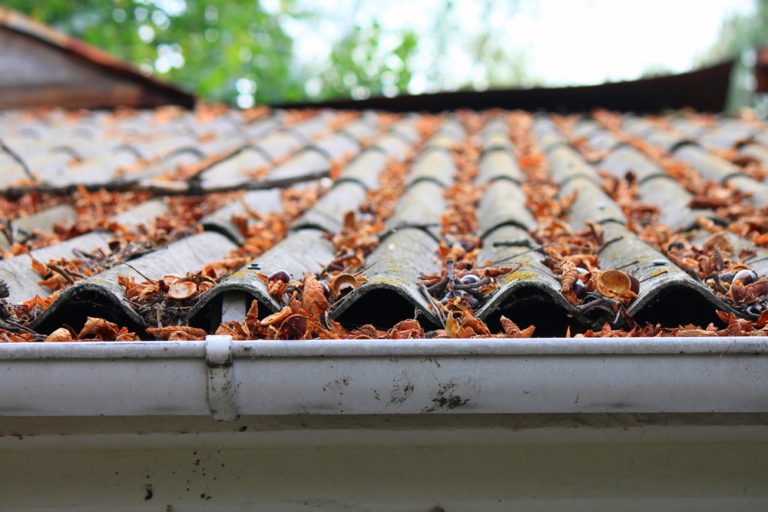
That’s a great Segway into having your chimney swept and inspected. To be clear, you will never be completely safe literally starting a fire inside your house. That being said, there are ways to mitigate the fire hazards associated with…fires. A good chimney sweep, will not only perform a thorough chimney cleaning, but also inspect the fireplace and chimney for defects such as cracks, gaps, and construction flaws that can lead to poor performance and fires.
This really isn’t a homeowner DIY type of job. Make sure you give us a call at 804-269-4321 to schedule your chimney sweep and inspection.
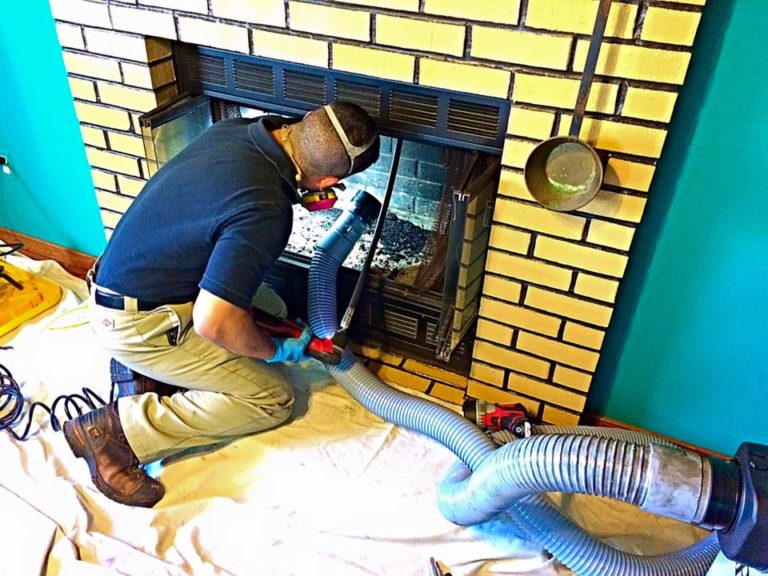
No fall maintenance checklist is complete without tackling hurricane preparation. Fall is also home to hurricane season which brings strong winds and heavy rains. There are lot of things you do to prepare your home for a hurricane such as checking the condition of your roof for missing shingles, or loose shingles; checking your sump pump; evaluating nearby trees for dead branches, and having your emergency generator ready to go.
We have a whole blog on hurricane preparation for you here. Also, it’s a good idea to prepare now, before the hurricanes come :).
For the most part, you are going to need to change your HVAC air filter every season. I recommend changing them every month.
Clean filters protect your HVAC system from damage. Plus, a good clean filter improves the indoor air quality in your home. Check out our comprehensive guide on how to choose an HVAC filter and how to stop forgetting to change them.
I also recommend having a qualified HVAC contractor, such as Chadwick air, perform a tune up on your system.
Check your CO Detector, or install one if you don’t have one. Early fall is when I challenge myself and my family to see how long we can go without turning on the heat. First it’s hoodies, and then blankets, and then eventually I will break and turn on the heat. Even then, I keep it at brisk 68.
Eventually we will all turn on our heat. Unless you have an electric heat pump, you’re going to be using natural gas, propane, or oil to heat your home. The byproduct of these Hvac systems creating heat is carbon monoxide. That’s why it’s so important to make sure your carbon monoxide detectors have fresh batteries and are in working order.
If they are over 10 years old, get new ones. If you don’t do any other home maintenance this fall, do this one. The CDC estimates approximately 50,000 people a year get carbon monoxide poisoning, and about 430 people a year die from it.
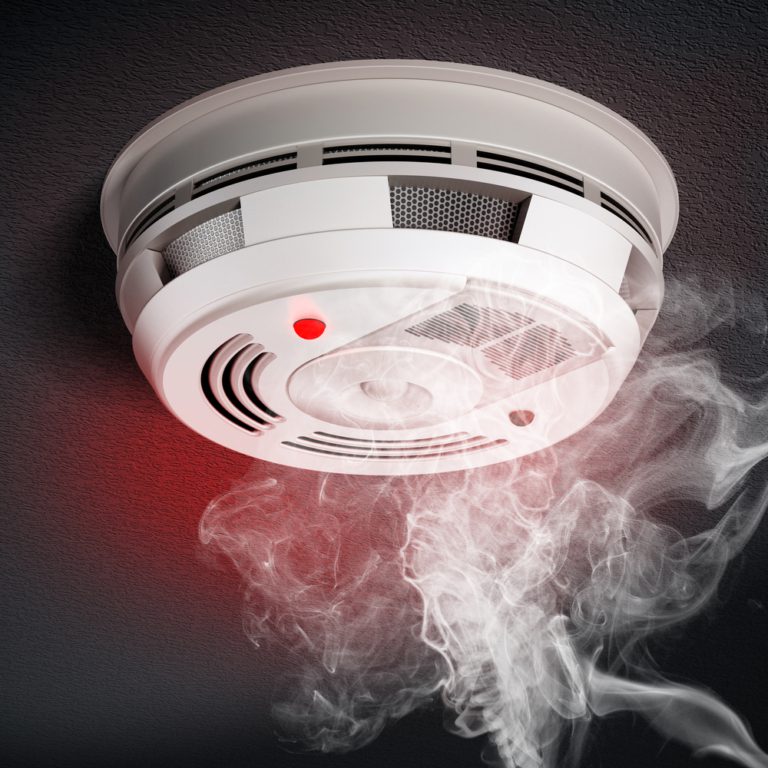
Even though I love colder weather, I like to keep the cold air outside. Walk around the outside of your house and examine the exterior walls, doors, windows, and garage door for any gaps, cracks, or failing caulk that can allow air leaks.
Replace any weather stripping that is damaged. Have any damage repaired, and recaulk any areas that need it.
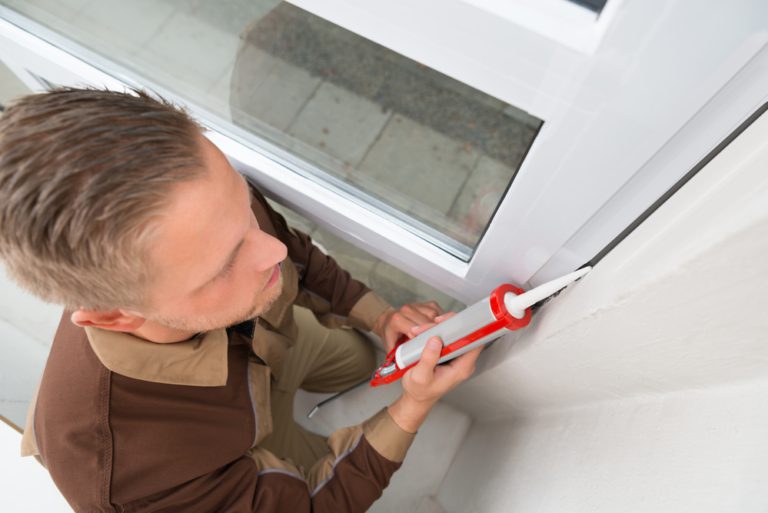
As an Amazon Associate I earn from qualifying purchases.